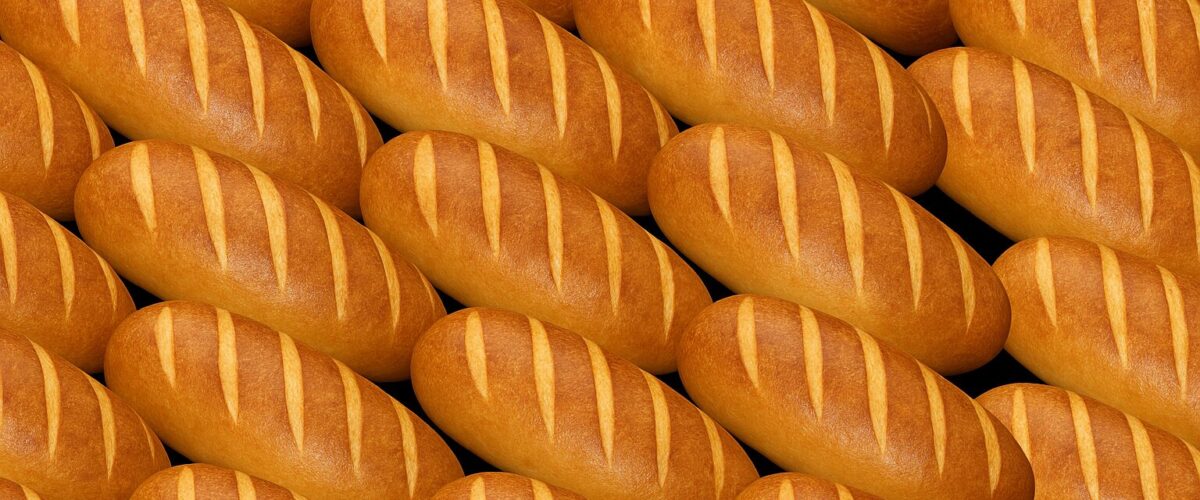Flour on fingertips. Steam rising from a just-cracked crust. The quiet satisfaction of watching dough rise overnight. Across kitchens worldwide, bread baking has become more than a weekend project or pandemic-era distraction. It’s now a meaningful ritual—a form of nourishment that feeds body, mind, and identity. In this era of wellness, authenticity, and digital expression, the homemade loaf stands as a surprisingly powerful symbol.
What began as a necessity during lockdown has endured as a lifestyle. As flour shelves restocked and starter jars settled into their second year, it became clear: this wasn’t just a trend. It was a shift in how people relate to food, craft, and themselves. And at its heart lies an elemental pleasure—turning simple ingredients into something deeply personal, and sharing that result with others.
Trend Snapshot
| Aspect | Details |
|---|---|
| Trend name / Definition | Homemade Bread Movement (artisan and sourdough baking at home) |
| Key ingredients / components | Sourdough starter, ancient grains, whole flours, seeds, herbs |
| Current distribution | Global, across home kitchens, social media, and micro-bakeries |
| Notable examples | Flourist, King Arthur Baking, online baking communities |
| Popular hashtags / social media | #sourdough #homebaking #crumbshot #kneadtherapy |
| Target demographics | Millennials, Gen Z, wellness seekers, home-based creatives |
| Wow factor | Aesthetic crusts, fermented benefits, artisanal flavor complexity |
| Trend phase | Maturing (from peak trend to embedded cultural habit) |
From Pandemic Pastime to Enduring Ritual
In 2020, the rush for flour and yeast marked one of the most unexpected responses to global disruption. As shelves emptied and sourdough starters flourished, home bakers found in bread a sense of agency and calm. But what might have faded has instead deepened. Google Trends still shows consistent interest in sourdough baking well past the pandemic peak.
What explains its staying power? Baking bread engages the senses, rewards patience, and offers a tangible outcome in an otherwise abstract digital world. It satisfies a craving not just for food, but for process. In a time defined by instant everything, bread requires commitment—and delivers gratification on a different wavelength.
Values Baked In: Health, Integrity & Transparency
Today’s bread bakers are guided by more than taste. The rise of whole grain flours, ancient varieties like einkorn and spelt, and long-fermented doughs reflects a desire for realness. People want to know what’s in their bread—and why. Commercial loaves with 15 ingredients and unpronounceable preservatives no longer inspire trust.
According to Food Business News, clean label and whole-grain bread sales continue to rise, especially among younger consumers. These buyers prioritize gut health, slow carbs, and foods that align with their broader values.
Beyond health, there’s a tactile allure. Rye, oat, buckwheat, and other alternative flours each offer different flavor profiles and crumb textures, inviting creativity and personalization. From za’atar-swirled loaves to turmeric-laced boules, today’s breadscape is as much about expression as nutrition.
Therapy in the Knead
The psychology of bread baking is quietly profound. Kneading dough is physical, rhythmic, and absorbing. It engages fine motor skills and requires attention to texture and breath. Research suggests that repetitive hand tasks like kneading can reduce stress and boost mindfulness, much like yoga or painting.
In a world of screens and noise, fermentation introduces a slowness that contrasts our pace. Watching dough rise becomes a lesson in patience and intuition. There’s also a feedback loop of confidence and self-efficacy: you can nourish yourself with your own hands.
Unlike other forms of cooking, bread demands presence. It requires you to tune in, rather than just follow steps. And the reward—warm, fragrant, complex—feels disproportionately rich for the effort.
The Loaf as Lifestyle
Sourdough has become a cultural signifier, not just a food. A blistered crust or an intricate scoring pattern can feel as intentional as a curated bookshelf. On Instagram and TikTok, crumb shots serve the same function as latte art or handmade ceramics: proof of aesthetic taste and care.
Unlike fast food, sourdough telegraphs values. It says: I take time. I care about process. I enjoy imperfection. It’s this blend of analog charm and visual impact that gives bread its power in the digital age. Starters are now traded like heirlooms, documented like pets, and nurtured like tiny kitchen rituals.
And because the process is endlessly tweakable—more hydration, different grains, longer fermentation—the practice keeps rewarding attention. It becomes less about perfection, and more about intimacy.
What It Means for Brands and Bakeries
While the movement is consumer-driven, the implications are industry-wide. Artisan bakeries can tap into this passion by highlighting their methods: long fermentation, wild yeast, stone-milled flour. Transparency matters—people want to see where their food begins.
Retailers have room to grow. DIY kits with clean flours and organic starters, frozen doughs made with simple ingredients, or curated flour blends for different types of crusts could resonate deeply. Offering baking experiences—online or in-store—helps brands align with this personal, hands-on ethos.
Ultimately, bread has reclaimed its meaning. Not just a filler or a side, but a canvas, a ritual, a signal of care. The future of food may be high-tech, but in the corner of the kitchen, something ancient and deeply human continues to rise.
If you’re curious about food design and snack trends, check out our story on Carb Comeback: What the Global Appetite for Starch Says About Us.

